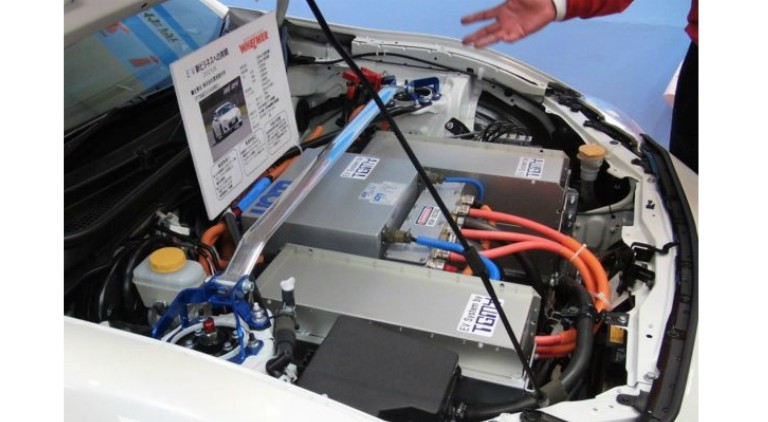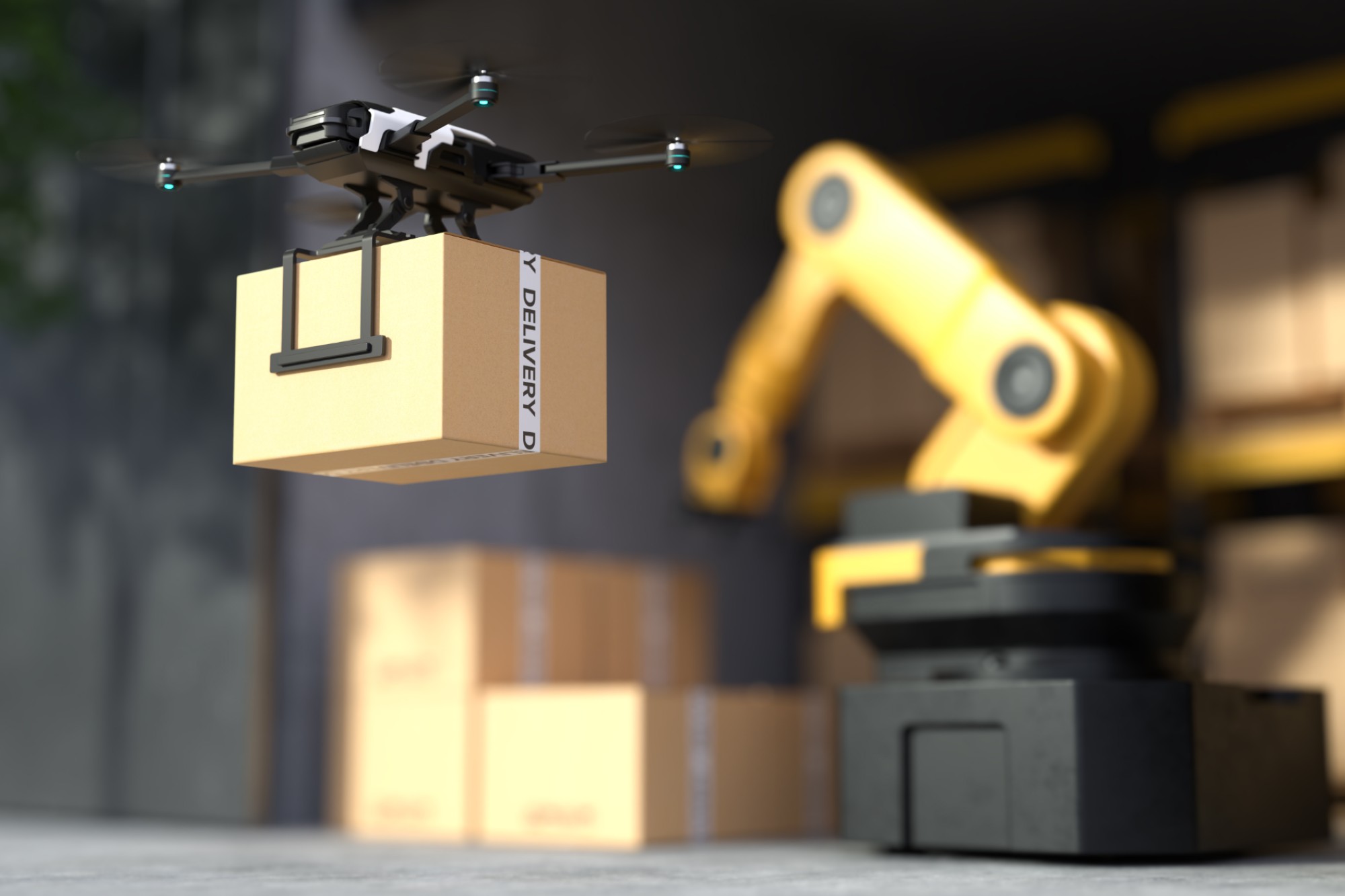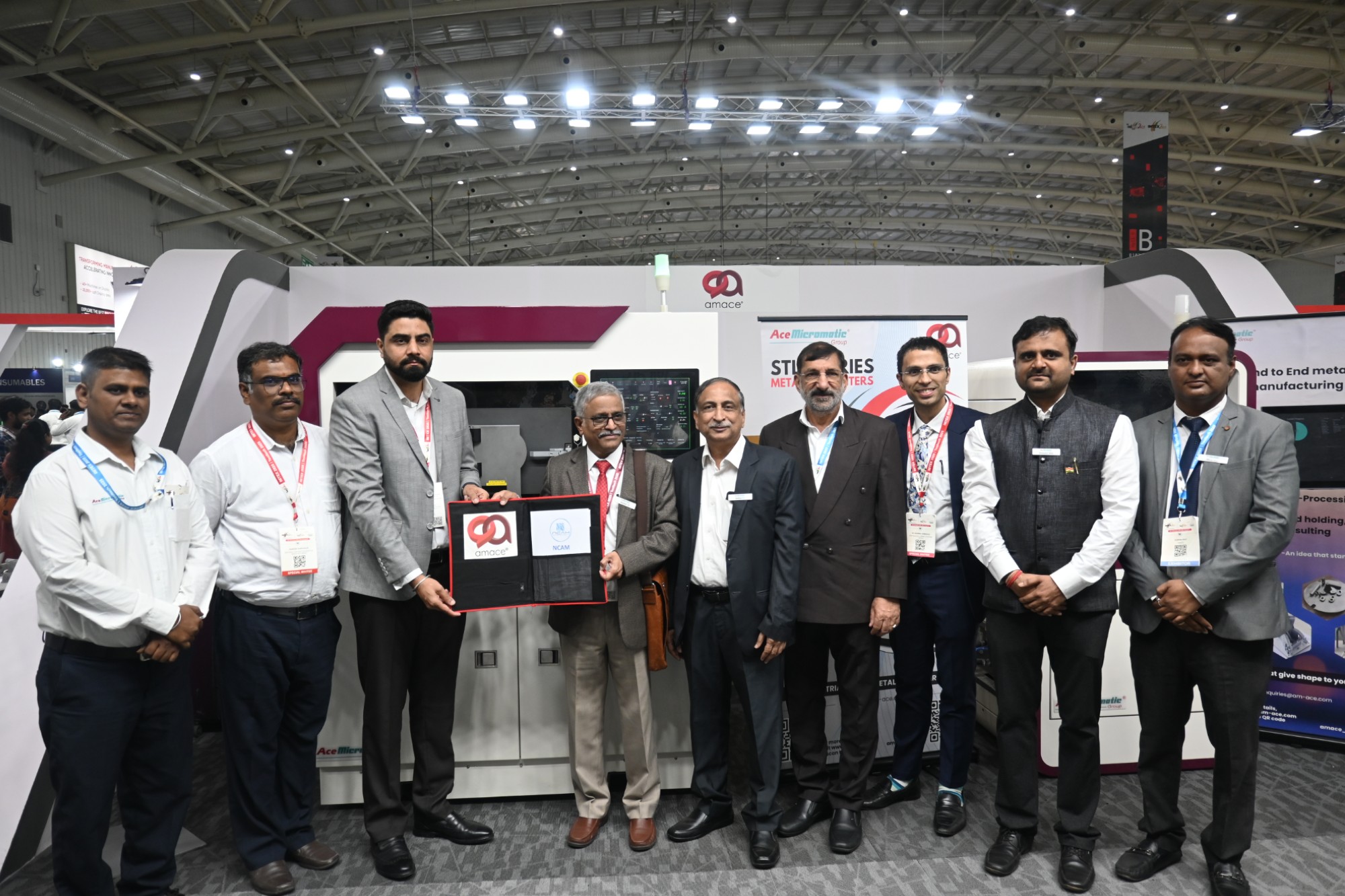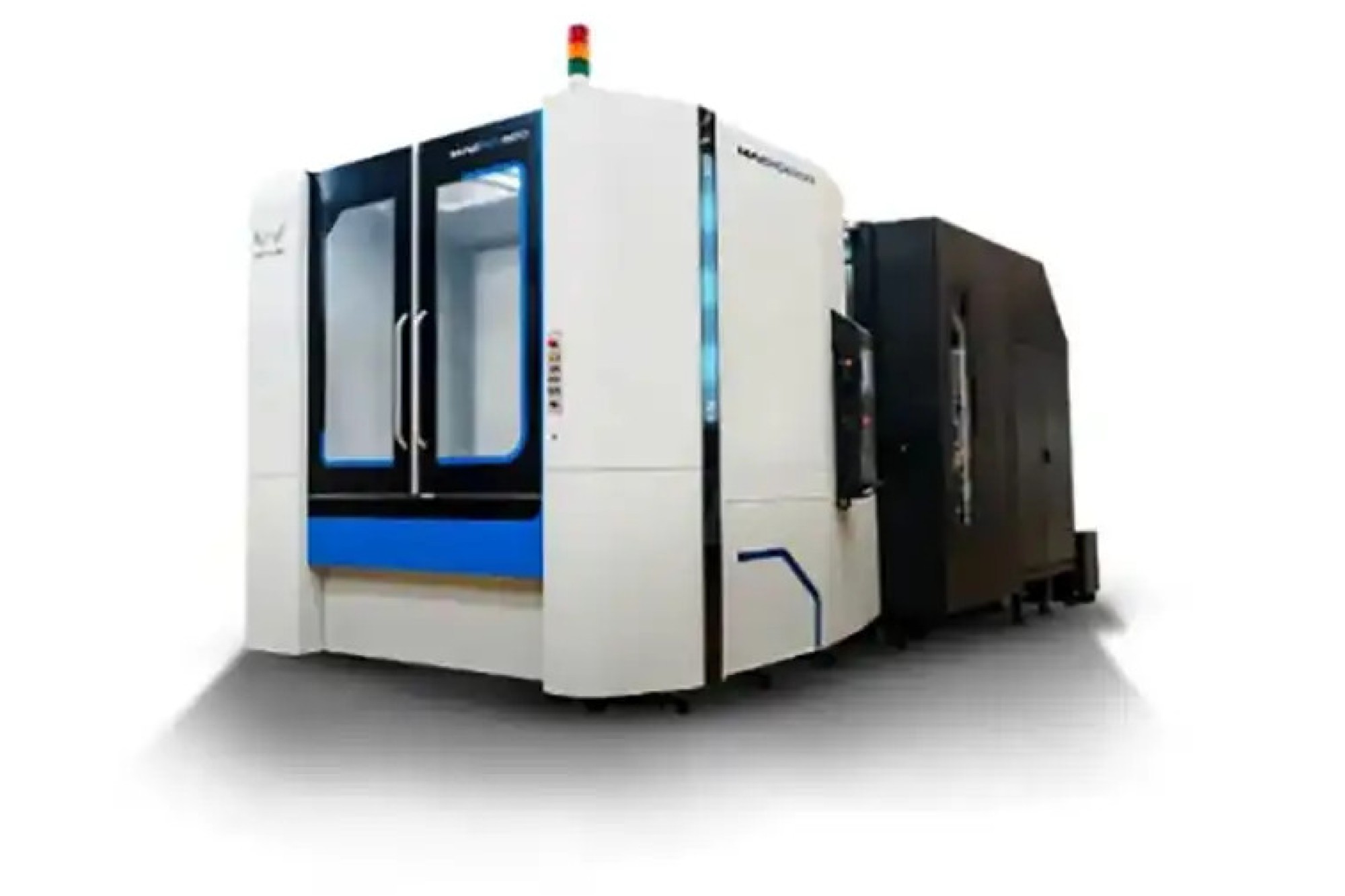Battery refurbishment now part of new Battery Waste Management Rules, 2020
By OEM Update Editorial April 1, 2020 5:36 pm IST
Refurbishment is now part of the new Draft Battery Waste Management Rules of 20th February 2020 by the Ministry of Environment and Forests (MoEF). Industries incur huge cost on traction, UPS, and solar batteries while it requires only 25 percent cost to revive it to its original level. All lead acid batteries get degraded because of aging and sulphation. Timely refurbishment after two-third years of life/usage of new battery gives altogether new life that is equivalent to a new battery.
- Sectors using batteries: manufacturing (automobile, textiles, machining, pharma), banking, telecom, hospitals, call centres, software companies, textiles, railway component manufacturers, MHE manufacturers, etc.
- Refurbishment of lead acid batteries can be done for (flooded, AGM, GEL, etc) UPS, inverter, traction, telecom, substation, e-rickshaw, etc.
- Analysis of traction battery cells is imperative for all types of Material Handling Equipment (MHE).
R&D for 100 percent organic additives
- Organic additive polymer fibres containing inorganic salts and various seaweeds extract.
- Environment-friendly.
- Ten times the conductivity of the existing additive conductivity.
- Mechanical strength thrice the existing additive.
- High interaction between sulphuric acid (electrolyte) and additive.
- High additive absorption on the cathode area (negative plates).
- High adsorption in AGM batteries.
Giving IDs to each battery, labelling, cleaning, checking external condition and voltage of the batteries, open valves, grouping according to same capacity, charging using different programmes (up to 30 hours) and discharge as per battery manufacturer’s specification (charging/discharging cycle), stopping after the capacity reaches above 90 percent (try at least 5 cycles). Then, if the result is satisfactory, add additive (use 100 percent organic additive having good lab test records available) and do final charging, cleaning and packaging of ready-to-deliver batteries.
For more information, contact:
Cookie Consent
We use cookies to personalize your experience. By continuing to visit this website you agree to our Terms & Conditions, Privacy Policy and Cookie Policy.
















